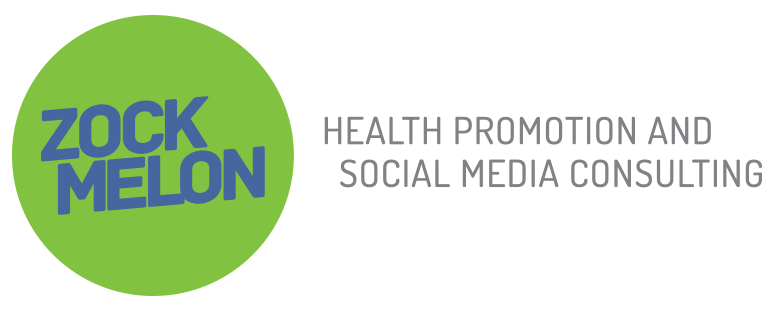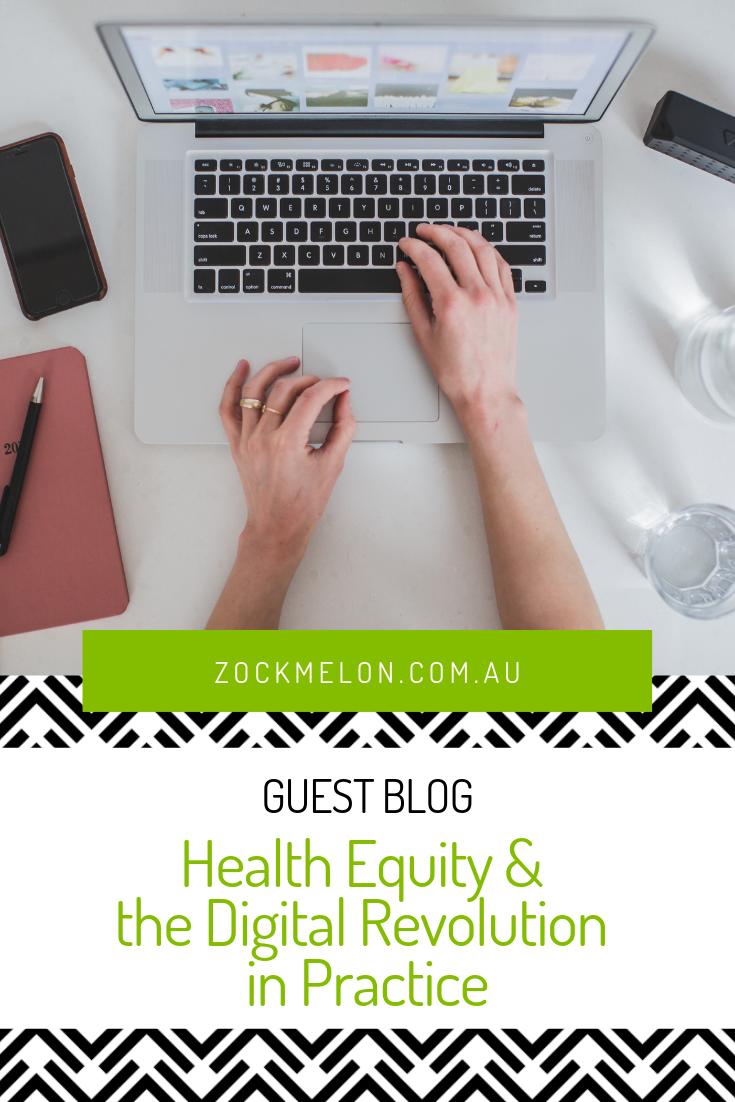Guest post by Rachel Katterl
Rachel Katterl is the Coordinator of Pozhet: The Heterosexual HIV Service in New South Wales and the Manager of the Women’s Health Service in the Sydney Local Health District. She has worked in public health for ten years in research, consultancy, policy development and frontline service delivery.
She has a special interest in communicable disease, health equity and the health and wellbeing of Aboriginal and Torres Strait Islander Australians.
Not that long ago, government health services were closed to the idea of ‘going online’. We’re now increasingly seeing an acceptance of government to use online platforms, including social media.
I am employed at a public health/health promotion unit which works with people living with HIV in New South Wales We are lucky enough to have the support within our state government health district to explore the viability of using online mediums, including social media as novel ways to deliver our services.
For our service, the ability to build a platform where people from all over New South Wales can access information and connect socially is inherently attractive. However, we were wary to consider before moving online:
Who does the online health environment benefit?
As someone born of Generation Y it seems that everyone is online. Indeed, the most recent data from the Australian Bureau of Statistics (in 2014) says that 83% of Australians are internet users.
However a closer inspection of the data around internet use highlights a number of important points:
- There is a socioeconomic gradient to internet access, with people from lower socioeconomic backgrounds having lower rates of access compared to those who are more economically privileged.
- There is an age-related gradient, with older Australian’s people accessing the internet at half the rate of people aged 15-44. Older Australians also use the internet for more limited reasons, like internet banking (rather than seeking out health information).
At the HIV Service where I work, we witnessed these trends play out with our clients: older clients and those from more disadvantaged backgrounds were very dependent on face to face events to connect socially and gather information and many struggled to engage with the content disseminated online.
Though the reasons were complex, we identified two main issues why some people struggled to engage with content online:
Number one: Many people lack internet literacy.
Though clients may know how to use the internet, they do not have an appreciation of the breadth of information available, why they might use it, when to look for it and how to go about finding the information they need from reputable sources.
Number two: The tendency towards active health seeking behaviours is not instinctive for some subpopulations of people.
For some, self-management and active health seeking behaviours are not an intuitive way of engaging with health and one’s own body. Some people (particularly those of an older demographic) may consider the health professional an ‘expert’ and may expect to just be directed by them rather than seeking information or actively participating in health decision making.
Our HIV service successfully managed these challenges by building six strategies into our programs:
- Explain the principles of chronic condition self-management and upskill clients in the use of self-management techniques.
- Create a natural flow from the physical world to online by ensuring all face-to-face consultations and events are concluded online, where there is critical information and resources are located.
- Model the ways in which health information and support can be obtained online to demystify the ways this might work.
- Provide incentives (e.g. vouchers or free books) for people to begin to engage through websites, secret and open Facebook groups.
- Ensure the online space is “owned” by the clients, by allowing them to direct the content and place their own content online.
- Identify peers to initiate the movement online, and to support those who may want to explore the social spaces online.
And the seventh (unspoken principle): consistency consistency consistency in plugging the message to move online.
Over time, we have seen for ourselves the power of opening up the online space to our clients. Those in remote areas of the state who might struggle to access a city based health service have had opportunities to speak and connect to other individuals. The ability to move online to World Wide Web and social media has proved to be a great leveller regarding to access to services and information for many clients who would have otherwise missed out.
It is important that all people benefit from the digital revolution and the availability of health information and resources online. This is central to equitable public health practices: We ensure that no (wo)man is left behind.

